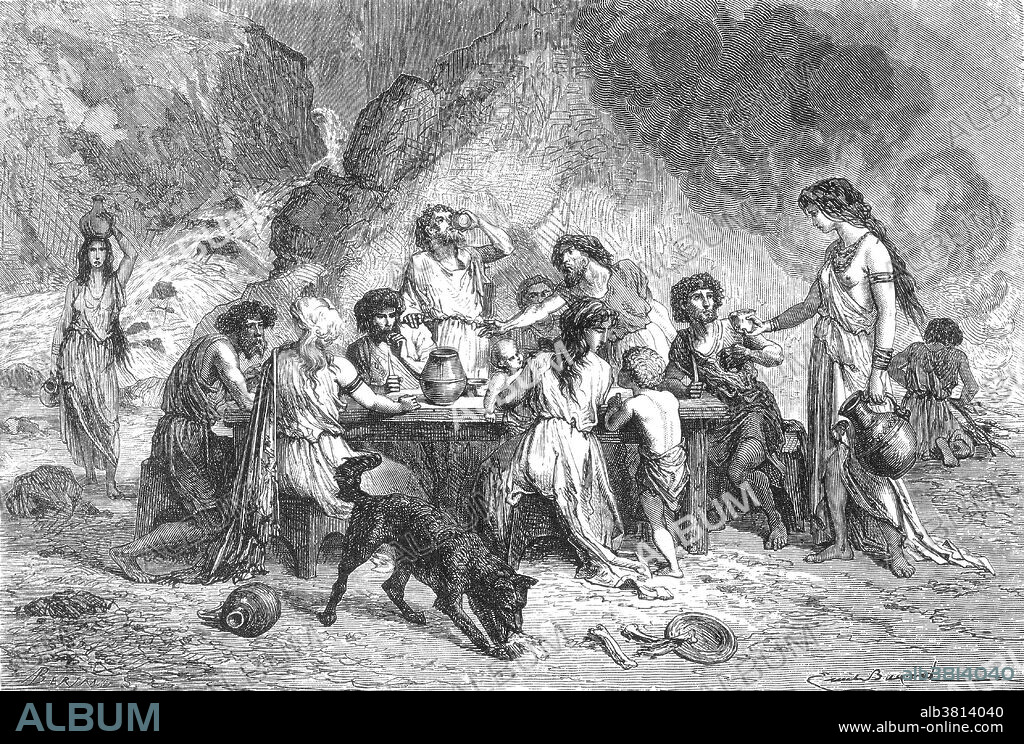alb3814040
Prehistoric Man, Bronze Age Feast

|
Añadir a otro lightbox |
|
Añadir a otro lightbox |



¿Ya tienes cuenta? Iniciar sesión
¿No tienes cuenta? Regístrate
Compra esta imagen

Título:
Prehistoric Man, Bronze Age Feast
Descripción:
Ver traducción automática
An ancient civilization is defined to be in the Bronze Age either by smelting its own copper and alloying with tin, arsenic, or other metals, or by trading for bronze from production areas elsewhere. Copper-tin ores are rare, as reflected in the fact that there were no tin bronzes in Western Asia before trading in bronze began in the third millennium BC. Worldwide, the Bronze Age generally followed the Neolithic period, with the Chalcolithic serving as a transition. Bronze Age cultures differed in their development of the first writing. According to archaeological evidence, cultures in Mesopotamia (cuneiform) and Egypt (hieroglyphs) developed the earliest viable writing systems. Image taken from page 269 of "Primitive Man" by Louis Figuier. Revised translation from the French by Edward Burnet Tylor. Illustrated with scenes of primitive life, 1870.
Crédito:
Album / Science Source
Autorizaciones:
Modelo: No - Propiedad: No
¿Preguntas relacionadas con los derechos?
¿Preguntas relacionadas con los derechos?
Tamaño imagen:
4485 x 3025 px | 38.8 MB
Tamaño impresión:
38.0 x 25.6 cm | 14.9 x 10.1 in (300 dpi)
Palabras clave:
ANTROPOLOGIA • ARTE • BANQUETE • BLANCO Y NEGRO • CAVERNICOLA • COMIENDO • DIBUJO • EDAD BRONCE • EDAD DE BRONCE • ESPECIE HUMANA • EVOLUCION HUMANA • EVOLUCION • EVOLUCIONISTA • EXTINGUIDO • HISTORIA • HISTORICO • HOMBRE PRIMITIVO • HOMBRES • ILUSTRACION • LEGENDARIO • MUJERES • NINOS • OBRA DE ARTE • PALEONTOLOGIA • PREHISTORIA • PREHISTORICO
 Pinterest
Pinterest Twitter
Twitter Facebook
Facebook Copiar enlace
Copiar enlace Email
Email
